 |

 |
 |
|
 |
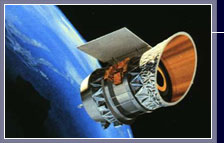 |
 |
 |
The world's first infrared astronomical satellite
Collaboration between the United States, the Netherlands and the United Kingdom
| Telescope Aperture |
: |
60 cm |
| Satellite Gross Weight |
: |
1073 kg |
| Mission Lifespan |
: |
10 months |
|
|





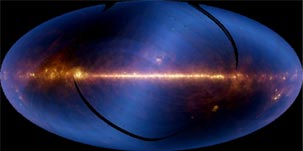 |
 |
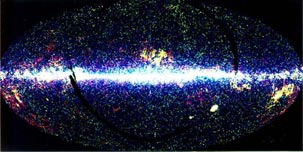 |
| Discovery of many new celestial bodies, such as dust clouds, which are believed to be evidence of the formation of planets surrounding bright galaxies and stars, as seem by far-infrared light. |
|
 |
 |
|
 |
 |
 |
 |
Japan's first infrared space telescope
The telescope was carried on the multipurpose observation satellite SFU, with other instruments.
| Telescope Aperture |
: |
15 cm |
| Telescope Weight |
: |
200 kg
(the gross weight of the SFU satellite was 3850 kg) |
| Mission Lifespan |
: |
approx. 1 month |
|
|




 |
|
 |
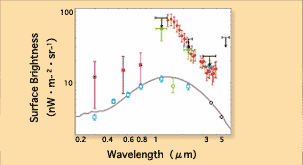 |
 |
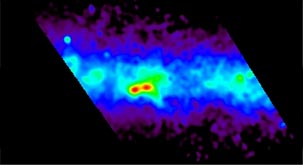 |
| By precisely measuring the background radiation in the universe, which appears to be pitch-black, IRTS observed extremely distant galaxies, and detected what scientists believe is the light of the first star formed in the universe. |
|
IRTS detected organic compounds existing broadly in the universe. These molecules, consisting only of carbon and hydrogen, turned out to be PAHs (polycyclic aromatic hydrocarbons), a type of benzene related to biological processes. |
|
 |
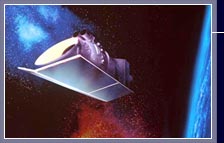 |
 |
 |
Infrared space observatory, for detailed study of individual celestial bodies and specific regions of the universe
Project by the European Space Agency (ESA)
| Telescope Aperture |
: |
60 cm |
| Satellite Gross Weight |
: |
2400 kg |
| Mission Lifespan |
: |
2.5 years |
|
|





 |
 |
Crystals similar to those found on Earth were found in cosmic dust. This discovery has lead to a new, deeper study looking at the evolution of minerals (solid materials) in space. |
|
 |
 |
|
 |
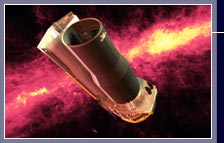 |
 |
 |
Spitzer was launched as part of NASA's Great Observatories program, which includes the Hubble Space Telescope. The mission continues to this day.
| Telescope Aperture |
: |
85 cm |
| Satellite Gross Weight |
: |
923 kg |
| Mission Lifespan |
: |
2.5 to 5 years (scheduled) |
|
|




 |
|
 |
 |
 |
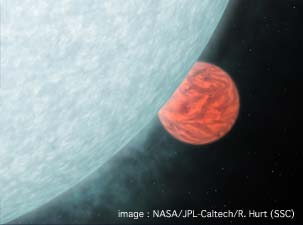 |
| These are images of a galaxy forming several billion light years away. This kind of observation allows detailed study of star formation, galaxy evolution and planetary formation. |
|
Spitzer succeeded in observing extrasolar planets directly. |
|
|
|

